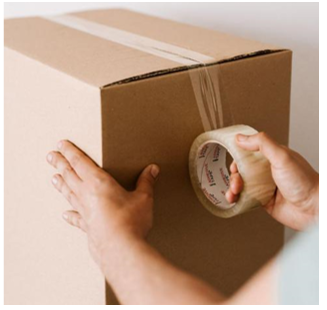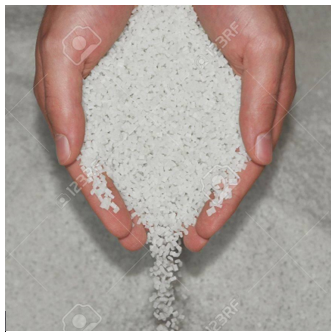The importance of plastic packaging for medical & healthcare products
The medical and healthcare industry has stringent requirements for cleanliness and protectiveness properties to protect against contamination. Plastic packaging is highly valued for its adaptability, durability, lightweight properties and cost-effectiveness and is thus uniquely suited to meet these standards. Numerous medical products and packaging products are derived from plastic resins such as polypropylene, polyethylene and polyvinyl chloride. Plastics keep medical devices clean and protected and are inert so they don’t interact with the device or drug.

Usage
The major plastic healthcare packaging products are segmented into two groups: medical and pharmaceutical.
Plastics are the perfect materials for shipping and storing intricate medical devices, drugs, and other medical instruments. They are also used for essential medical supplies such as IV bags, tubing, and syringes or lifesaving medical devices such as incubators and dialysis machines. All these devices require plastic packaging to ensure they are free from contamination when in transport and during usage.

Pharmaceutical packaging products are also used for thermoformed blister packs and trays, as well as caps, bottles, vials, pouches, bags, and overwrap. They are also used in drug packaging such as prescription bottles, veterinary and human medicine dispensers, serum vials and syringes in packaging.
In the pharmaceutical segment, containers accounted for highest share, whereas blister packaging is projected to witness the highest growth.
Market Growth
The growth of the global market for plastics for healthcare packaging market is impacted by several factors such as increased use of disposable products, continuing cost pressures on suppliers, increasing influence of hospital and healthcare-related purchasing groups, continued shift to outside contract packaging, an emphasis on child-resistant/senior friendly and tamper-evident packaging, increases in unit-dose packaging, increases in injectable therapies, higher volumes of turn/twist caps, and more minimally invasive procedures. These factors are projected to drive innovations in the plastics healthcare packaging market.

In 2019, the Covid pandemic saw a significant rise in the demand for plastic packaging in the medical industry. The nature and speed of Covid-19 transmission meant that equipment and drugs needed to be contamination safe in the administration and care of patients. Additionally, the vaccines and subsequent syringes used all required the use of sterile plastic packaging.
While the medical and healthcare industry always had stringent requirements on the packaging used, the current health crisis has taught us that moving forward, these requirements had to be held up to close scrutiny or even increased to prevent or minimise further outbreaks. There is currently no viable alternative to plastic packaging that meets these standards and thus demand will continue to grow in this sector.




